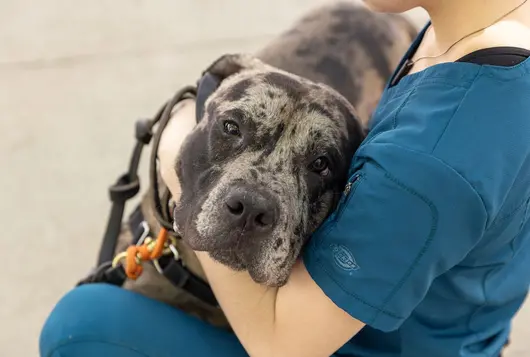When Owners Are Reluctant to Bring Pets In for Toxicology Tests

There’s no doubt that working in veterinary medicine can be difficult and emotionally draining. Our patients can’t tell us what hurts, and owners have their own issues—including, sometimes, a reluctance to bring the pet in for an examination.
How can you best deal with a situation like this over the phone?
One immediate over-the-phone resource you can suggest to owners is the ASPCA Poison Control. With a full consultation we will get information about the pet and what was ingested. From there we’ll assess how best to handle the situation.
It may be that the owner can monitor her pet at home. But if it’s a bigger concern we’ll speak with your clinic and guide you on what we think the concerns are and how to best treat them.
Since cost may be a big reason why owners are reluctant to come in, keep a list of organizations that may help cover the cost of care if needed or start an angel fund at your clinic.
Know which common toxins are likely to cause immediate life-threatening signs. The list of toxins pets can get into is really long, but the list of toxins that can cause immediate life-threatening signs is pretty short: 5 fluorouracil, zinc phosphide, 4 aminopyridine, isoniazid, sulfuryl fluoride, methomyl, aldicarb, carbofuran, disulfoton, metaldehyde, strychnine, dibucaine, hops and hypertonic sodium phosphate enemas.
Keeping lists of which toxins may cause seizures in dogs and in cats is also helpful, so bookmark them or print them out for immediate reference.
Over the phone you can explain signs that are potentially life-threatening such as excessive vomiting or diarrhea, breathing difficulty, seizures, unconsciousness or unresponsiveness, not eating or drinking or abnormal gum color (pale, blue or brown). If the owner sees those signs, stress that the pet should be seen by a veterinarian immediately.
We have lots more on this subject:




